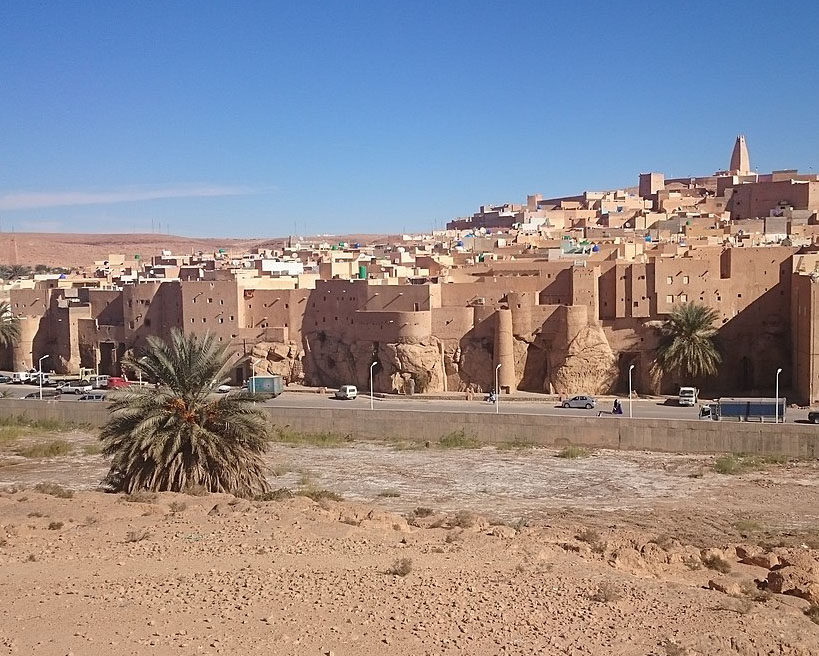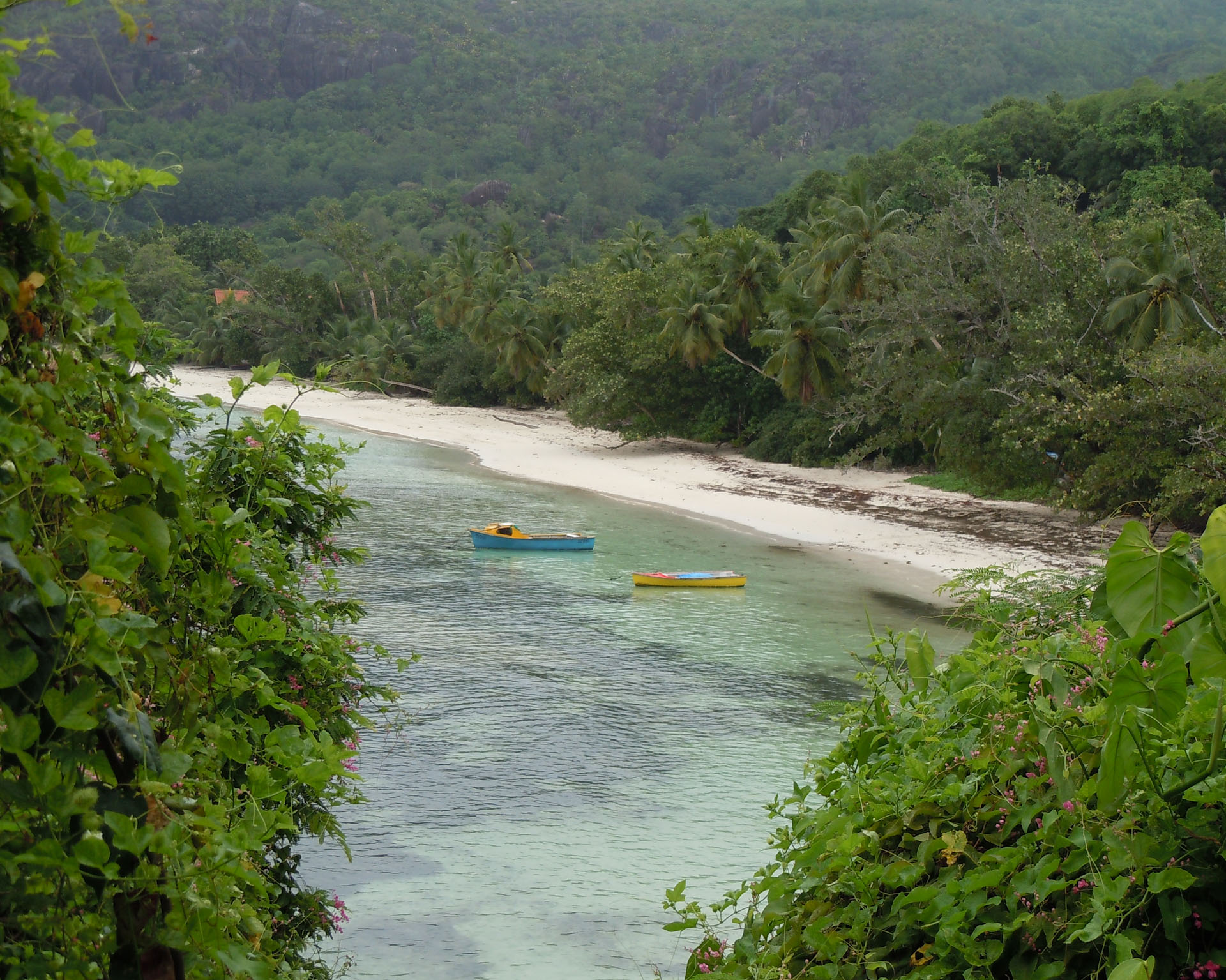M’Zab Valley is a natural region in the northern Sahara Desert, in Ghardaïa Province, Algeria. It is a UNESCO World Heritage Site that showcases the ancient and unique culture and architecture of the Mozabites, a Berber Muslim sect that settled there in the 10th century. In this blog post, we will explore some of the features and attractions of M’Zab Valley and why you should visit this fascinating place in Algeria.
The History of M’Zab Valley
M’Zab Valley was inhabited by the Iznaten, a large Berber tribe that lived in central Sahara. After the Muslim conquest of North Africa, some of them adopted the Ibadi doctrine, a moderate branch of Islam that rejected violence and advocated tolerance and democracy. However, they faced persecution and oppression from the Sunni rulers and other sects. In the 10th century, they decided to migrate southward and seek refuge in the M’Zab Valley, a remote and inhospitable area that offered them security and isolation.
The Mozabites, as they came to be known, founded five fortified villages (ksour) along the Wadi M’Zab (M’Zab River), which provided them with water and palm groves. They developed a distinctive culture and society based on their religious principles and their adaptation to the harsh environment. They also preserved their language (Tumzabt), their customs, their dress code, and their egalitarian values.
The Mozabites resisted several attempts of invasion and domination by various powers throughout history, such as the Almoravids, the Ottomans, the French, and the Algerian government. They maintained their autonomy and identity until today, despite some conflicts and challenges.
The Architecture of M’Zab Valley
The architecture of M’Zab Valley is one of the most remarkable aspects of its heritage. It reflects the Mozabites’ religious beliefs, social organization, and environmental constraints. It is simple, functional, and harmonious with the landscape.
The five ksour of M’Zab Valley are:
- El Atteuf (Tajnint), the oldest and smallest one, founded in 1012.
- Ghardaïa (Tagherdayt), the largest and most important one, founded in 1048.
- Beni Isguen (At Isjen), the most sacred and conservative one, founded in 1328.
- Melika (At Mlishet), the most agricultural one, founded in 1350.
- Bounoura (At Bunur), the most commercial one, founded in 1350.
Each ksar is surrounded by a wall and has a single gate that closes at night. Each ksar is dominated by a mosque, which serves as a religious center, a watchtower, a fortress, an arsenal, and a granary. The mosque has a simple design, with a square minaret and a flat roof. The mosque also has a courtyard where people gather for prayers and meetings.
Around the mosque are houses built in concentric circles up to the wall. Each house is a cubic cell of standard size and shape, with thick walls made of stone or clay bricks. The houses have no windows or decorations on the outside to ensure privacy and protection from the heat. The houses have an inner courtyard that provides light and ventilation. The houses have several rooms for different purposes: living room (tighremt), bedroom (azemmur), kitchen (tabouda), bathroom (hammam), storage room (agadir), etc.
The houses are connected by narrow alleys that form a labyrinthine network. The alleys are covered by arches or vaults to create shade and coolness. The alleys also have public fountains where people can get water.
The ksour also have cemeteries outside the walls where people are buried according to their family clans. The cemeteries have simple tombs marked by stones or tiles.
The ksour are surrounded by palm groves that provide dates and other crops for subsistence. The palm groves are irrigated by an ingenious system of canals that divert water from the wadi. The palm groves also have summer citadels (ksar el-tifel) where people can escape from the heat and enjoy leisure activities.
The Culture of M’Zab Valley
The culture of M’Zab Valley is based on the Ibadi doctrine, which emphasizes moderation, tolerance, and democracy. The Mozabites have a strict code of conduct that regulates their personal and social life. They dress modestly, avoid alcohol and gambling, and respect the elders and the scholars. They also have a strong sense of community and solidarity, and share their resources and responsibilities.
The Mozabites have a democratic system of governance that is based on councils (jema’a) that represent the different groups and interests of the society. The councils make decisions by consensus and elect leaders (amens) who are accountable to them. The councils also arbitrate disputes and enforce laws.
The Mozabites have a rich and diverse cultural heritage that includes music, poetry, art, and festivals. They have a distinctive musical genre called ahellil, which consists of rhythmic chants accompanied by drums and clapping. They also have a poetic tradition that expresses their religious, historical, and social themes. They have a unique art style that uses geometric patterns and symbols to decorate their houses, mosques, and objects. They also celebrate various festivals that mark their religious and seasonal events, such as the Mouloud (the birth of the Prophet Muhammad), the Tabaski (the sacrifice of Abraham), the Sbeiba (the commemoration of a historic battle), and the Date Harvest Festival.
The Attractions of M’Zab Valley
M’Zab Valley is a place that offers many attractions for visitors who are interested in its history, culture, and nature. Some of the attractions are:
- The ksour: You can visit the five ksour and admire their architecture and atmosphere. You can also learn about their history and culture from local guides or museums. You can also shop for local products such as dates, carpets, pottery, jewelry, etc.
- The palm groves: You can explore the palm groves and enjoy their greenery and freshness. You can also taste the dates and other fruits that grow there. You can also stay in eco-lodges or traditional huts that offer authentic accommodation and hospitality.
- The wadi: You can enjoy the wadi and its water activities such as swimming, fishing, boating, or kayaking. You can also see the wildlife that lives there such as birds, fish, turtles, etc.
- The desert: You can experience the desert life and adventure by joining a camel caravan or a 4×4 tour across the sand dunes. You can also camp under the stars in traditional tents or luxury lodges. You can also enjoy the music and dance of the local nomads around a bonfire.
M’Zab Valley is a place that has a lot to offer to travelers who are looking for a unique and memorable experience, a must place to visit in Algeria. M’Zab Valley is famous for its ancient and original culture and architecture that have survived for centuries in the desert. M’Zab Valley is a place that you should visit if you want to discover a different and fascinating aspect of Algeria.
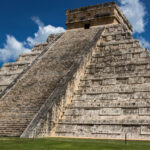
Exploring Mexico ’s Ancient Ruins
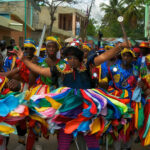
Haiti 's folklore traditions
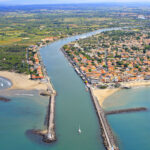
The Panama Canal

What is Dominican Republic known for






